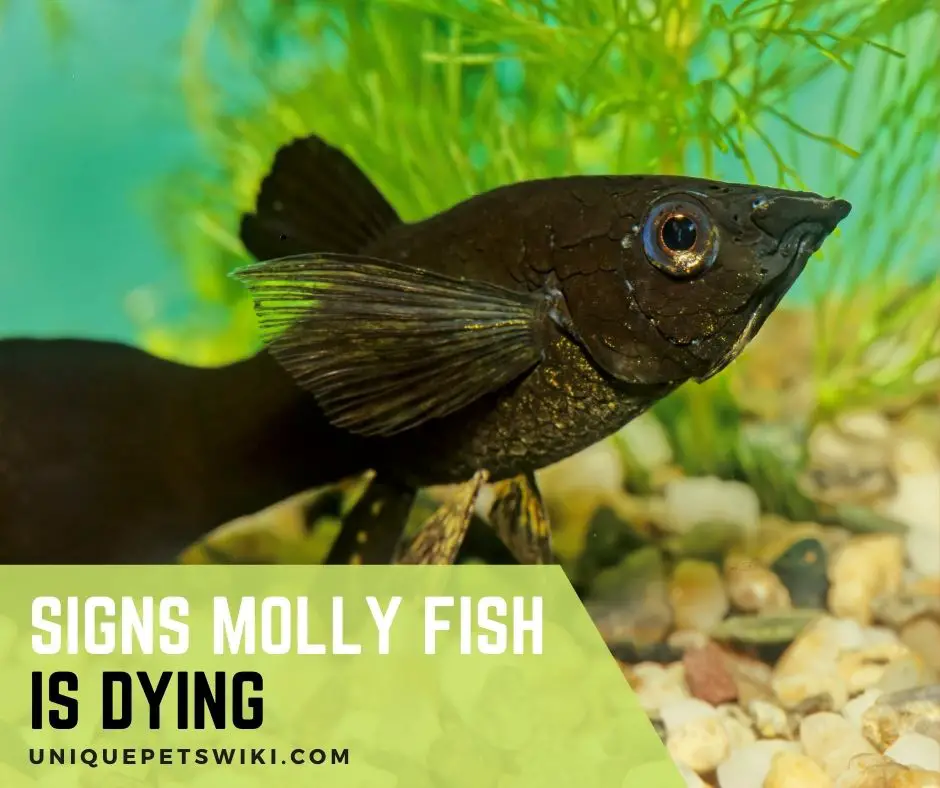Molly fishes are hardy and can adapt to a range of waters. For these reasons, they make perfect aquarium pets even for beginners.
However, these very qualities put them in vulnerable conditions that even lead to death in captivity.
Aquarium lovers neglect molly fish basic requirements with the assumption that they are hardy and can easily adopt.
As a result, molly fishes end up getting ill and dying unnatural death.
In this article, we will give you signs of dying molly fish. Additionally, we will educate you on how you can prevent your molly fishes from getting ill or dying before their time.
This article could be what you desperately need to save your molly fish. Keep reading!
Contents
10 Molly Fish Dying Signs
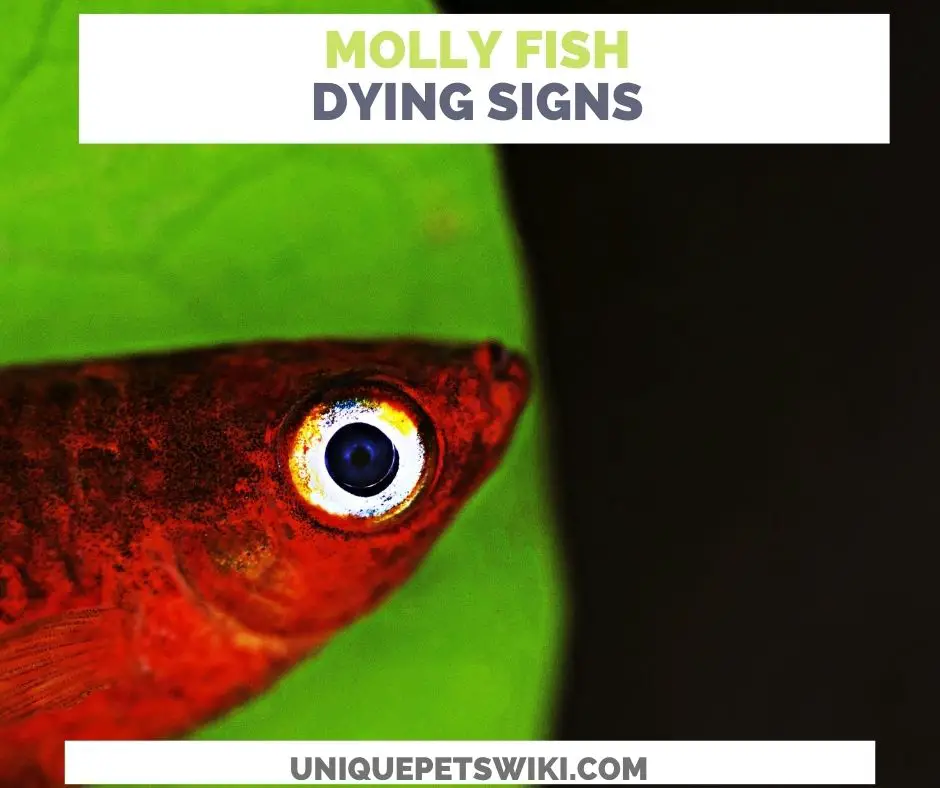
Molly fishes are unique, livebearers, hardy, and can adapt in either salt or freshwaters.
Aquarium hobbyists love molly fish for their ability to adapt and their unpretentious nature.
Even though molly fishes are hardy and can survive in most water conditions, they are not susceptible to common illnesses and diseases in the aquarium.
Their hardiness comes as a disadvantage since most molly fish beginners neglect their basic care and end up killing them unknowingly.
The Molly fish’s sudden death comes as a result of pure ignorance from their owners. Let’s look at some of the dying signs that your molly fish may exhibit.
- Lethargy
- Loss of appetite
- Rapid breathing
- Crashing at the bottom of the tank
- Gasping
- Red patches on body or fins
- Bloating tummy
- Leaning on the side while sleeping
- Looking pale or dark
- Loss of weight
How to Tell Your Molly Fish is Sick?
Finding your molly fish dead can be devastating. Every pet lover will do anything to keep their pets healthy and alive.
Molly fishes don’t have a long lifespan. They can live for only 3-5 years. However, It is your responsibility as a molly fish owner to ensure that they are healthy and live to their full term.
The only possible way to make molly fish live a full life is by providing favorable living conditions and offering early treatment if they fall ill.
You can only give them early treatment if you can identify signs of an ailing molly fish.
Therefore, let’s look at the signs of some of the most common sicknesses and illnesses in molly fishes.
White Specks on Molly Fish Skin
White specks can be a sign of protozoan infection. Protozoa in molly fishes come as a result of bad water conditions.
Protozoa enter the molly fish’s bloodstream through cuts or scrapes. They can also attach themselves to your molly fish’s skin until they find a way to their bloodstreams.
Bloating and Poke-out Scales
Bloating and poke-out scales can be dangerous signs of dropsy in molly fishes. Dropsy affects molly’s kidneys and liver, thus causing bloating due to water retention.
Dropsy is untreatable. Thus, it would help if you prevented stress and poor water conditions at all costs to prevent your molly fish from contracting dropsy.
Swollen Gills
Swollen gills primarily come as a result of bad quality water. In most cases, it is an indication of Ammonia or Carbonate poisoning.
It can also cause your molly fish to seem to be gasping for air. To keep your molly fish from swollen gills, you should regularly change their water and immediately remove any food leftovers.
Red Blood Spots
Any red blood spot at the stomach or body of your molly fish can be a sign of ammonia or nitrate poisoning.
Unfortunately, ammonia or nitrate poisoning is untreatable. Therefore, you should always ensure that your molly’s aquarium is cycled correctly.
Not Eating
Total lack of appetite is a dangerous sign that can quickly kill your molly fish. It can be due to multiple reasons, but the worst being Viral Hemorrhagic Septicaemia (VHS).
Other symptoms of VHS may include ulcers, bulging eyes, pale gills, lesions, and even fin rot.
Luckily, VHS is treatable in the early stages. Therefore, you should immediately investigate any lack of appetite in your molly fish to save them from acute VHS.
Erratic Swimming
Erratic swimming can be a result of a swim bladder. It is not common in molly fishes, but they are also not susceptible to it.
Excessive stress due to impoverished habitation can cause a swim bladder.
Therefore, as a molly fish owner, you must ensure to provide a suitable habitat for your molly fish.
Pop-Eye
Almost all illnesses and diseases in molly fish can lead to pop-eye. Pop-eye is when your molly fish’s eyes pop out from their socket and sometimes even fall out.
It is impossible to treat pop-eye without diagnosing the actual health problem.
Pop-eye can result from bacterial infections, fish TB, internal parasites, dropsy, or even fungal infections.
Orange color Around Your Molly Fish Anus
Brown or orange color around your molly fish anus is usually a camallanus parasite sticking out.
In most cases, camallanus parasites come from new fishes. Thus, it is critical to quarantine any new fish before putting them into your molly’s aquarium.
Ulcers around Anus
Ulcers around your molly’s anus can be a sign of Tuberculosis. Other signs that may come with those ulcers may be a lack of appetite, rotting fins, and fading colors.
If you notice all of these signs simultaneously, it can be a strong indication that your molly fish has Tuberculosis.
Can You Treat a Sick Molly Fish?
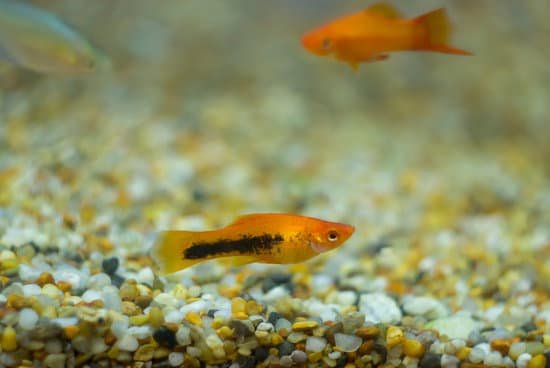
Treating sick molly fishes depend on what illnesses they are suffering from and how far it has gone.
Some illnesses are treatable while others are not. Some can also be treated at home, while others may require medical attention.
Luckily, most sicknesses in molly fishes are directly connected to poor habitat standards.
Thus, you may only require raising the cleanliness standards, and your molly fishes become healthy again.
But, before choosing the kind of treatment to offer your molly fish, it would be best if you consulted your aquarium vet for a proper diagnosis.
Misdiagnosis can cause serious health issues or even death. Therefore, always ensure you have a proper diagnosis before deciding what treatment is best for your molly fish.
Let’s discuss some of the sicknesses that you can effortlessly treat at home and when you need medical attention.
The Ill Symptoms That You Can Treat At Home
Some molly illnesses are mild and can efficiently be treated at home. Some of these illnesses may only require a slight adjustment in their habitat.
But, whatever measures you decide to take, be sure they are safe and appropriate for your molly fish.
Ich or Ick
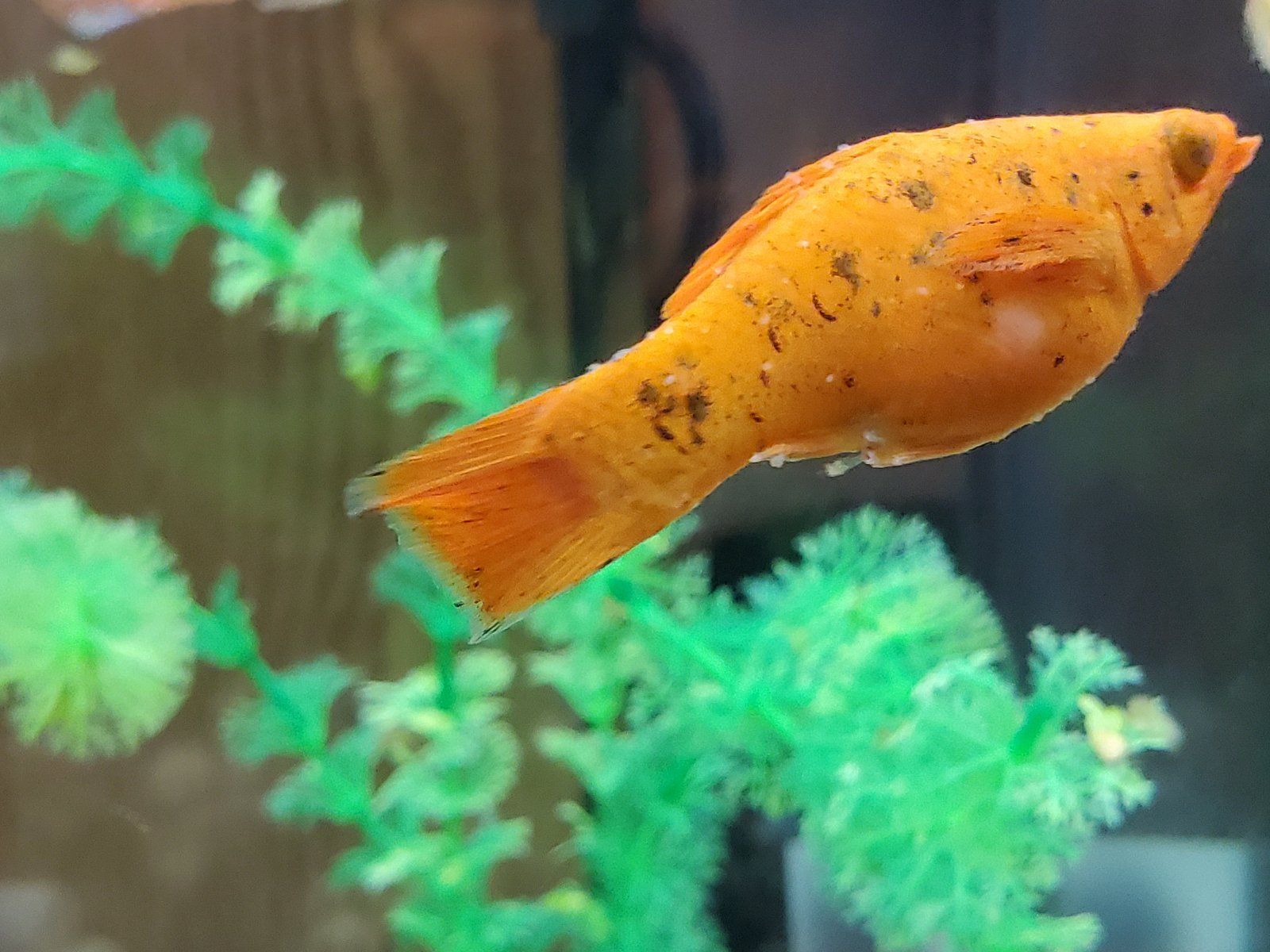
Ich is an ectoparasite disease that commonly affects most fishes, including molly. It is easy to know when your molly fish has ich as they tend to have white spots on their skin and fins.
Additionally, you can see them trying to rub against objects to get rid of the spots.
Luckily, treating it is easy, and you may only have to raise the water temperature in their aquarium to 800F.
Also, you can add Paragard or one teaspoon per gallon of aquarium salt in your molly fish tank to eliminate ich.
Ensure to keep the temperature treatment for at least 4-7 days and then perform a thorough cleaning of the tank. The cleaning should include at least a 70% water change and a thorough substrate cleaning.
Nice read: https://www.tropicalfishkeeping.com/threads/black-molly-developed-ich-what-do-i-do.105648/
Fin and Tail Rot
Fin and tail rot are common bacterial or fungal infections that affect molly fish. Poor habitat conditions and excess ammonia are the primary causes of fin and tail rot.
Advanced fin and tail rot can lead to complete loss of fin and tail of your molly fish as they don’t regrow once damaged.
You can tell if your molly fish has fin and tail rot if it appears to have shredded or chewed fins or tails.
The molly fish may appear to have milky white blotches in parts of their body in advance stages.
Follow these simple steps to treat molly fish from fin and tail rot.
- Quarantine the affected molly fish.
- Use antibiotics such as Maracyn or Tetracycline for bacterial infections or antifungals in case of fungal infections.
- Change at least 20-50% of water in your molly fish original tank.
Protozoan
Protozoa will thrive in Bad water conditions. The protozoa can enter your molly fish through scrapes or cuts.
Also, they can attach to your molly fish’s skin until they transfer to their bloodstream.
Therefore, you must always ensure that your molly fish habitat is well cleaned and the temperature is stable.
You can use Malachite Green or Formalin to treat protozoan in the early stages or copper in advanced stages.
Moreover, you must ensure to change 50-70% of the water in your molly fish tank.
Mouth Fungus and Columnaris
Mouth fungus is a bacterial infection that causes white threads on your molly fish mouth and body.
It looks very similar to fungal infection and can cause your fish to experience rapid breathing, excessive mucus, ragged fins, and sores and lesions during the advanced stages.
Treatment of mouth fungus may include
- Administering antibiotics such as Maracyn and Formalin.
- Adding one teaspoon of aquarium salt per one gallon of water for three consecutive days.
- Dipping your infected molly fish in 10mg of potassium permanganate in every liter of water for 30 minutes.
The exceeded dose can cause more damage to your molly fish as it can burn them.
- Change 50-70% of water after the symptoms subside.
Swollen Gills
Ammonia or carbonate poisoning are the primary culprits of swollen gills. It can cause your molly fish to gasp for air at the top of the tank regularly.
To prevent ammonia and carbonate spikes, you should always ensure to change your molly fish water regularly.
Also, you should immediately remove food leftovers. Swollen gills treatment may include:
- Monitoring toxin levels and 50% water change for a few days.
- Starving your mollies for a couple of days until the swelling subsides.
- Adding nitrifying bacteria in your molly’s aquarium.
Gill Flukes
It is a parasitic infection resulting from a tiny white worm burrowing itself in your molly fish gills.
It can cause your molly fish to experience difficulty in breathing and bleeding. Therefore, you may notice your molly fish gasping for the air or bleeding.
Early treatment and tank level treatment may cure your molly fish of gill flukes.
However, advanced gill fluke is fatal and cannot be treated.
When You Need a Vet?

Molly fishes are hardy and able to assimilate in most water conditions. With proper care, you can guarantee a vet-free life for your molly fishes.
However, sometimes it’s inevitable to keep your molly fishes healthy and free from occasional illnesses.
Therefore, a need to consult a vet may arise. But, since most molly fish illnesses and diseases result from poor habitation, it would be great to observe their environment closely.
You can also try home treatment if you suspect any of the diseases mentioned above and follow the given procedures.
But, if your molly fish illness looks complicated or does not seem to be improving, you may require to consult an aquarium vet.
Even so, you must be aware that some diseases are fatal and cannot be cured. The vet may prescribe medication to keep your molly fish comfortable until they die.
Some of those untreatable diseases include red blood spots, tuberculosis, and dropsy, among others.
But, you can prevent most of these diseases with proper care and high-standard habitat maintenance.
How to Prevent Sickness in Molly Fish?
Preventing sickness in molly fishes is the best treatment you can offer them.
Following simple habitat rules can keep your molly fish healthy, happy, and comfortable throughout their lives.
In this section, we will guide you on the measures that you may have to take to prevent your molly fish from falling ill.
Always Keep Your Aquarium Clean

Changing molly’s water frequently is inevitable. Since molly fish’s waste may produce gases such as ammonia and carbonate, it is necessary to monitor their water conditions.
Changing 20-30% of molly fish water weekly is good to keep most illnesses at bay.
Additionally, you must always perform a complete nitrogen cycle to prevent ammonia spikes.
Proper Nutrition
Proper nutrition will also go a long way in keeping most molly fish diseases at bay. It is because a proper diet provides your molly fish with the necessary nutrients to fight diseases and common illnesses.
Additionally, proper nutrition may include feeding your molly fish with the required amount of food.
Excessive feeding can cause health issues such as bloating.
Buy Feed from Trusted Sources
Last update on 2022-12-30 / Affiliate links / Images from Amazon Product Advertising API
Contaminated food can bring major health issues to your molly fish. For instance, some live food can carry diseases that can transmit to your molly fish when consumed.
Therefore, always ensure that the food you offer your molly fish is safe and clean.
Quarantine Your Molly Fish
Last update on 2022-12-30 / Affiliate links / Images from Amazon Product Advertising API
Most molly fish diseases are infectious. Therefore, you must ensure to quarantine any sick molly fish.
Also, you must quarantine any new molly fish for 3-4 weeks before putting them in your original tank.
New aquarium plants may also carry parasites and diseases, and hence you should disinfect them before using them in your molly’s aquarium.
Proper Temperature
Proper temperature is key in keeping molly fishes healthy and comfortable. Improper temperatures can lead to a variety of health issues such as fast aging and stress.
Excessive stress in molly fish can cause swim bladder disorder. It is uncommon in mollies, but with stress and bad water conditions, it becomes possible.
Don’t Breed Unhealthy Mollies
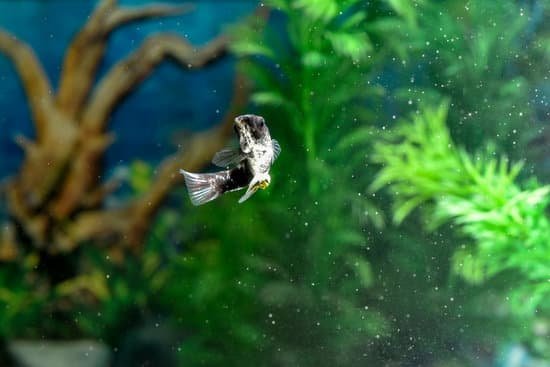
Some diseases, such as the bent spine, are genetic. These diseases are incurable and can be passed from one generation to the other.
Therefore, you should ensure that you only breed healthy adult molly fishes to prevent genetic diseases.
Wrapping Up
They say, “Prevention is better than cure”. The phrase is applicable even in molly fishes. Thus, instead of overly getting worried if your molly fish is about to die, you must do everything to make sure that they don’t even get sick.
This way, you will help them live a full-term life free from diseases and illnesses.
Simple rules such as frequent water change, proper diet, healthy breeding, proper temperature, and safe feeding can keep your molly fish healthy and happy.
And, don’t forget to get basic medications to treat your molly fish from common diseases at home.
